The story, A Study in Scarlet (1887) was first published in Beeton’s Christmas Annual in November 1887 by Arthur Conan Doyle (The Arthur Conan Doyle Encyclopedia ). Doyle originally had titled the story, “A Tangled Skein,” with a character named Sherrinford Holmes (The Arthur Conan Doyle Encyclopedia ). Doyle introduces his readers’ to Doctor John Watson, a doctor and surgeon, whom served in Afghanistan and returned to London after suffering an injury. During his recovery in London, Watson meets an old friend, Stamford, who introduces Dr. Watson to Sherlock Holmes. Holmes deduces Watson’s circumstances and Watson is astounded. They quickly become flat mates at 221-B Baker Street with their landlady, Mrs. Hudson. Watson inquires with Sherlock on how he deduced Watson’s situation at their introduction. Watson is reading Holmes’ article on “the science of deduction.” Holmes is contacted by Scotland Yard concerning a dead body found. Holmes explains to Watson that he is the world’s only Consulting Detective. Watson accompanies Holmes to the crime scene and observes Sherlock in action. From Sherlock’s examination he locates “cab prints, a wedding ring, a book, and the word ‘Rache’ written in blood on the wall” from which he makes his deduction about the murder and the murderer (The Arthur Conan Doyle Encyclopedia ). Detective Gregson believes that he has located the murderer. Then, another man, Stangerson is found also found dead (The Arthur Conan Doyle Encyclopedia ). On the second body, a telegram stating “J.H. is in Europe,” with two pills was found. Holmes tests the pills by giving them to a dog. The first pill is harmless but the second pill kills the dog. Shortly following, Sherlock’s leader of the Baker Street Irregular, Wiggins, enters to let Holmes know that he is needed. Holmes requests the cab driver to come upstairs to 221-B. When the driver arrives, Holmes handcuffs and arrests him giving him over to the Scotland Yard as “the murderer of Drebber and Stangerson” ( (The Arthur Conan Doyle Encyclopedia ). Jefferson Hope, the murderer who is dying, shares the stories behind the murders and his love for a Mormon woman named Lucy Ferrier. Her marriage and death prompted the revenge killings. Hope presented each of the men with the two pills before their deaths and wrote ‘Rache’ to thwart the police investigation. Sherlock explains how he figured out the murderer through deduction and used his Baker Street Irregulars to find the man (The Arthur Conan Doyle Encyclopedia ).
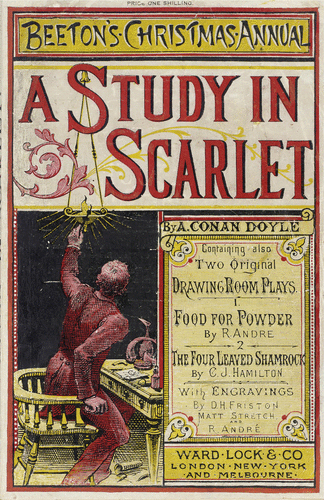
Figure 4: Beeton’s Christmas Annual 1887 Source credit: https://www.arthur-conan-doyle.com/index.php?title=File:Beetons-christmas-annual-1887.jpg
The Beeton illustration for the front cover of the story shows the title in the red letters alluding to the word, Rache, written in blood by the murderer and Holmes’s comment about the “scarlet thread”. The cover shows the back of a man lighting a candle in the darkness. Based upon the desk contents with the instruments and how the man is posturing to light the candle in the darkness, this author would designate the man to be the detective, Sherlock Holmes because Sherlock is the one that brings light or knowledge to solve the crime. Additionally, the title to chapter seven of the story is: “Light in the Darkness” wherein Sherlock introduces the murderer to Dr. Watson and Detective Lestrade. Sherlock states, ” let me introduce you to Mr. Jefferson Hope, the murderer of Enoch Drebber and of Joseph Stangerson” (Doyle 50). The Beeton illustrations were done by D.H. Friston then, in 1888 by Charles Altamont Doyle. The illustrations below Figure 5 (left-hand side) D. H. Friston and on the right hand side in Figure 6 is Charles Altamont Doyle.

Figure 5: D. H. Friston Source credit: https://www.arthur-conan-doyle.com/index.php?title=File:Illus-stud-1887-friston-02.jpg
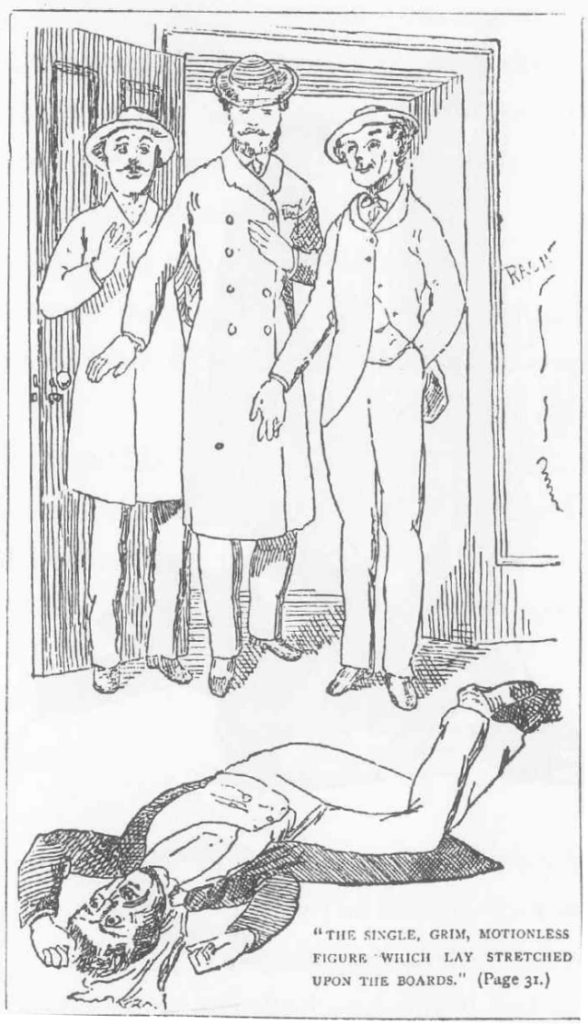
Figure 6: Charles Altamont Doyle Source credit: Source credit: https://www.arthur-conan-doyle.com/index.php?title=File:Illus-stud-1888-cdoyle-01.jpg
These earlier illustrations done in 1887 and 1888 respectively, A Study in Scarlet (1887), shows the character, Sherlock Holmes, wearing a derby hat, dress coat, tall and lean as Doyle describes him and with a mustache. Both of these early illustrations do not show the pipe or magnifying glass which later becomes one of the iconic symbols of Sherlock Holmes.
As Doyle’s first story it has many adaptations. In (1933) an American adaptation of the story was made starring Reginald Owens as Sherlock Holmes and Warburton Gamble as Dr. John Watson. The movie poster and opening credits (seen in Figures 7 and 8 below) display how by (1933) the Sherlock iconography was already established. As the poster distinguishes Sherlock Holmes separate from the other characters by the deerstalker hat, the calabash pipe, and the magnifying glass. Also prominently featured in the movie poster was the color red in the title, A Study in Scarlet and highlighting the lovers whom Sherlock’s magnifying glass is pointed downward towards.
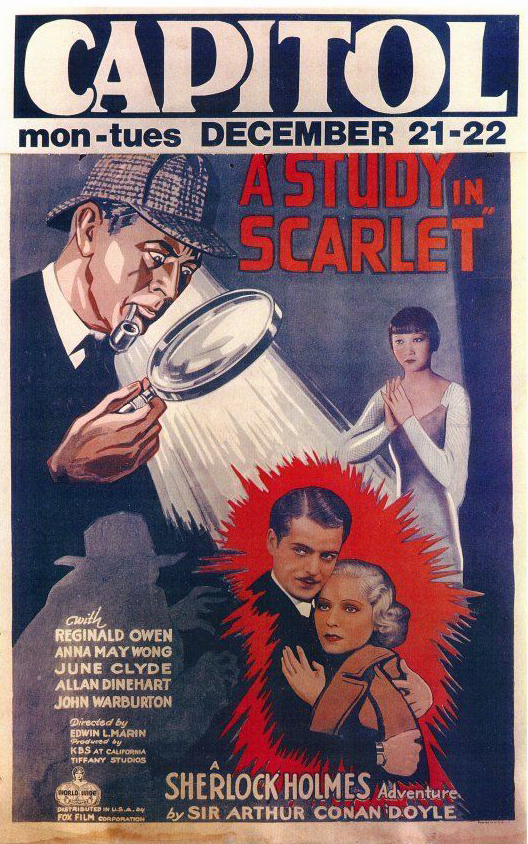
Figure 7 A Study in Scarlet 1933 movie poster Source credit: https://www.arthur-conan-doyle.com/index.php?title=File:1933-stud-owen-poster.jpg
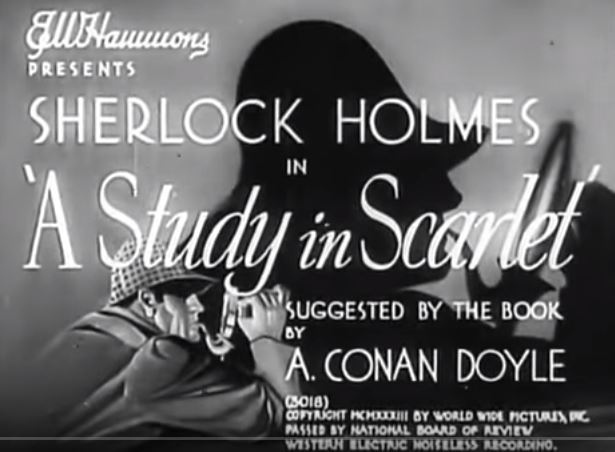
Figure (8) Opening credits to A Study in Scarlet (1933)
Reginald Owens and Robert Florey adapted the story for the screen (The Arthur Conan Doyle Encyclopedia ). Although, the movie is titled, “A Study in Scarlet,” this adaptation barely retains anything from Doyle’s original story. The movie follows a secret society, The Scarlet Ring led by a lawyer named Thaddeus Merrydew. There has been a member’s death in the society and they divide the person’s inheritance amongst the surviving members. Sherlock Holmes is requested to investigate as the surviving members started dying under suspicious circumstances. He solves the murders and saves the beautiful Eileen Forrester, the surviving daughter of one of the members. The title of the gang, The Scarlet Ring, references Sherlock’s statement, “There’s the scarlet thread of murder running through the colourless skein of life, and our duty is to unravel it, and isolate it, and expose every inch of it “ (Doyle 32). Additionally, the scarlet ring references Doyle’s use of the wedding ring and the word, Rache for revenge, written in blood found near the bodies within the original story. Within the adaptation, it carries no more weight than the name of the secret society and is shown in one of the deciphered notes as: “6.9.2.3.7.1.3. Scarlet Ring Lime house (7 of 6 Tuesday) “which leads Holmes and Watson to the secret society (Owens). Owens and Florey’s adaptation matches how Leitch describes the Holmes adaptations in “the replacement of the original adventure by the franchise as the material for each new adaptation means that a given film often combines elements from several Holmes stories (Leitch 213). As earlier Gillette production and later productions follow their adaptations become a sum of many parts of the Holmesian stories rather than strict adaptations of a particular story.
The character, Sherlock Holmes matches Doyle’s sign well with his deductions and actions. Although, the script is a departure from the story, they did include a few Sherlockian quotes such as Holmes stating, “The game is afoot,” and the placement of an advertisement for the wedding ring found on the body (Owens). Sherlock’s deductions about the murder, about the science of deduction, and conversations with Watson reflect the essence of Doyle’s Holmes. Reginald Owens’s Holmes physical features do not match Doyle’s description of a tall, lean man with hawk eyes and delicate hands. For the character, Dr. John Watson, unlike the William Gillette version where he played no role, in this adaptation, he is Holmes’s companion during the investigation. At one point, Watson is mistaken to be Holmes which is similar to what happens to Watson in Doyle’s story, The Hound of the Baskervilles (1901). Watson listens and stands astounded by Holmes deductions of the crimes. Doyle’s story, A Study in Scarlet (1887), does not have Professor Moriarty as a character in it. The screenwriters for this adaptation used Professor Moriarty as basis for their villain in the movie, the lawyer Thaddeus Merrydew. The film establishes that there is a rivalry and animosity between Merrydew and Holmes. This rivalry echoes the Doyle’s use of Professor Moriarty as Sherlock’s nemesis.
The signature iconography of Sherlock’s hat, pipe, and coat are seen in the movie’s marketing posters, lobby pictures, and opening credits. These images show Sherlock wearing the deerstalker hat, using a magnifying glass, and wearing the coat. See Figure 9 below:
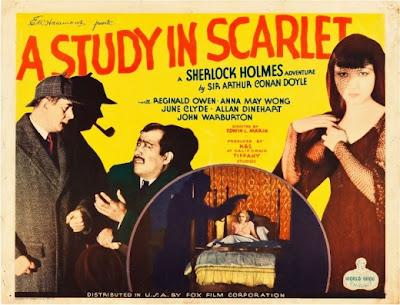
Figure 9: Movie poster Source credit: https://www.arthur-conan-doyle.com/index.php?title=File:1933_astudyinscarlet_quad.jpg
This image shows the use of the deerstalker hat, the pipe and infers the magnifying glass with the center image. The red title lettering on this movie poster hearkens back to Doyle’s original story where “Rache” is written on the wall by the murderer. This contrasts with the movie where Owens as Sherlock wears regular Victorian-era style hats but not the specific deerstalker hat. Lastly, this adaptation doesn’t touch Sherlock’s cocaine addiction but only shows the viewer that Sherlock is a smoker. In many of the scenes he is either smoking from his pipe or a cigar. The inference of an addiction just not specifically cocaine.
In 1968, Peter Cushing took on the role of Sherlock Holmes alongside Nigel Stock as Dr. John Watson in the BBC series and television adaptation of A Study in Scarlet (1887). The Cushing adaptation follows Doyle’s story and reflects the Victorian era. This adaptation opens with Cushing wearing the deerstalker hat, a casket, and a candle. The use of the candle features prominently in the episode and metaphorically represents how Sherlock brings light upon the murders through deduction and the chapter seven title “Light in the Darkness”. Additionally, it is referencing the Chapter title within the story called, “Light in the Darkness” (Doyle 50). The script writer, John Barber, follows Doyle’s story and narrative throughout the episode.
Figure 10:
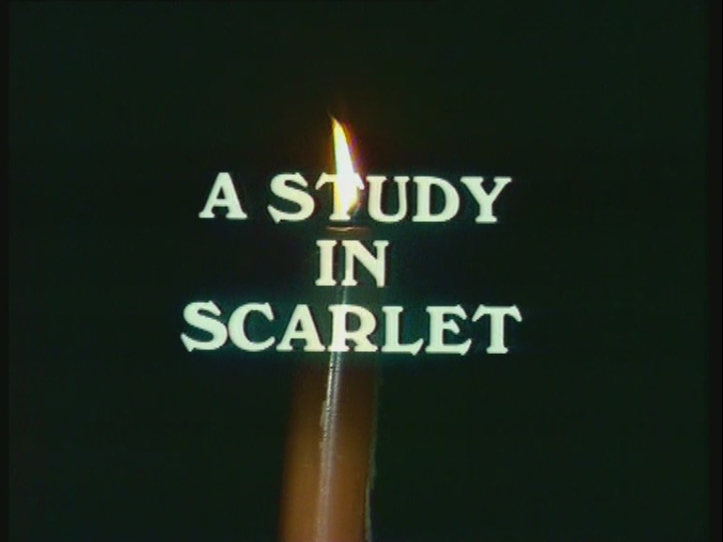
Figure 10 Source credit: https://www.arthur-conan-doyle.com/index.php?title=File:1968-sh-cushing-stud-title.jpg
Peter Cushing’s portrayal of Holmes feels like an older version of what the character would be in Doyle’s A Study in Scarlet (1887). A deviation is Sherlock Holmes analyzes the killer’s pills without the presence of a dog. Holmes utilizes chemistry equipment with the pills. Doyle’s version shows Watson narrating,
“As he spoke he turned the contents of the wine-glass into a saucer and placed it in front of the terrier, which speedily licked it, dry. Sherlock Holmes’s earnest demeanor had so far convinced us that we all sat in silence, watching the animal intently, and expecting some startling effect” (Doyle 48).
This passage from the original story shows Sherlock’s willingness to experiment with unknown substances on living creatures. By removing this aspect from the narrative and only showing Sherlock working with the chemistry elements; informs the audience of his knowledge possibly about the subject but not how he can use that knowledge. Cushing’s Holmes eludes confidence while this Watson is merely listens as Sherlock explains everything. For this adaptation the changes to the signs are more subtle while as a whole it captures the story.
Figure: 11 & 12
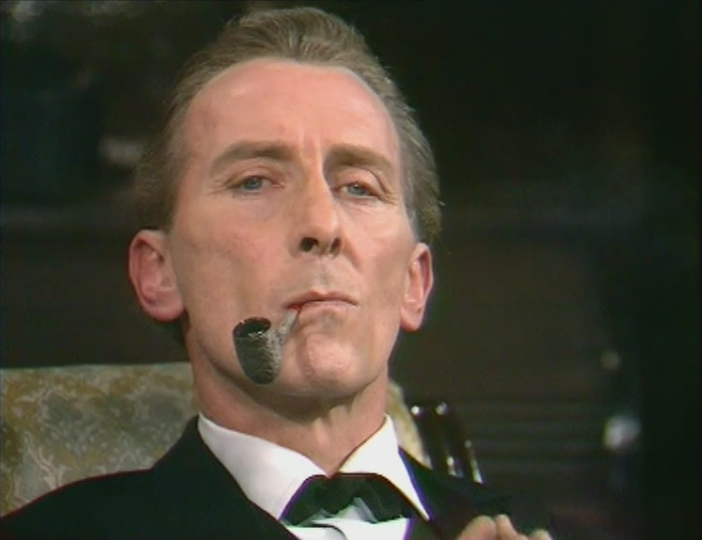
Figure 11: Peter Cushing as Holmes https://www.arthur-conan-doyle.com/index.php?title=File:1968-sh-cushing-stud-holmes.jpg
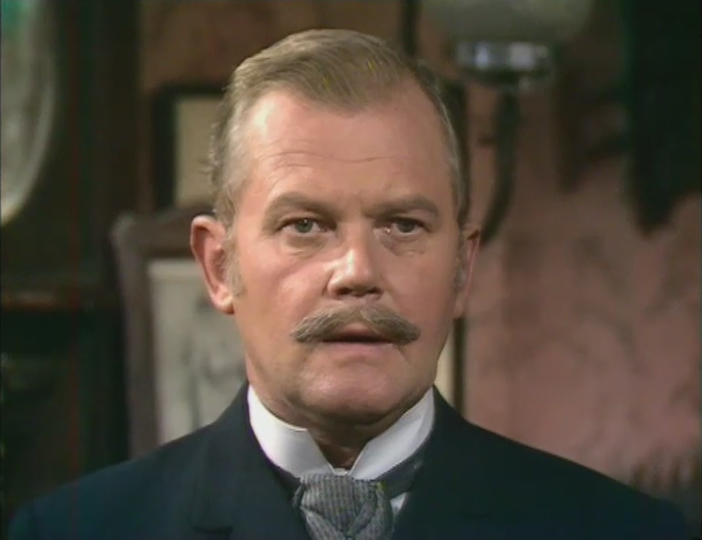
Figure 12: Source credit: https://www.arthur-conan-doyle.com/index.php?title=File:1968-sh-cushing-stud-watson.jpg
Doyle’s signs began their transformation with Sidney Paget’s illustrations and continued through each adaptation. Paget and Gillette each left a legacy upon the Sherlock iconography with their influence upon the changes. Paget in modeling the Sherlock Holmes illustrations after his handsome brother and the signature deerstalker hat; and Gillette with the calabash pipe and the phrase, “Elementary, my dear Watson,” are internationally recognized as belonging to the character, Sherlock Holmes while Doyle’s original blueprint is the dusty map hidden underneath.
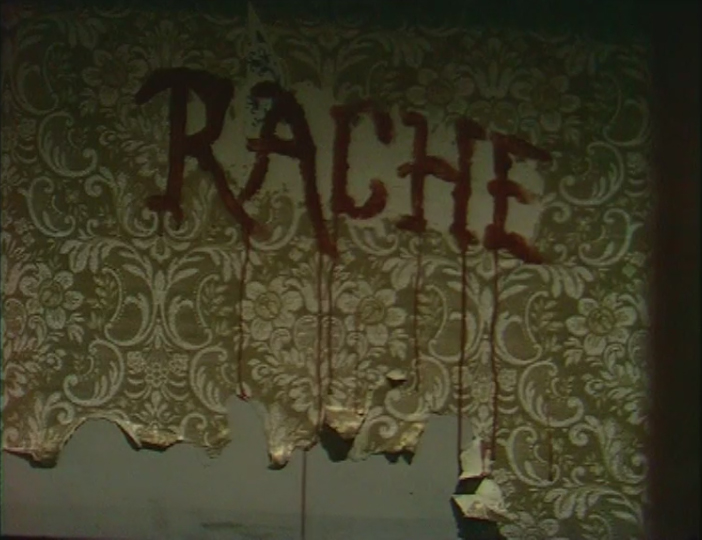
Works Cited
A Study in Scarlet. Dir. Edwin L. Marin. Perf. Reginald Owens. 1933. Film .
Doyle, Sir Arthur Conan. The Complete Sherlock Holmes Volume I . Barnes & Noble Classics , 2003. Print .
Leitch, Thomas. Film Adaptations and Its Discontents: From Gone with the Wind to The Passion of the Christ. John Hopkins University Press , 2007. Print.
Schuttler, George W. “William Gillette and Sherlock Holmes .” Journal of Popular Culture (Spring 1982): 31-41. web.
The Arthur Conan Doyle Encyclopedia . 2 January 2016. web. 25 August 2016.